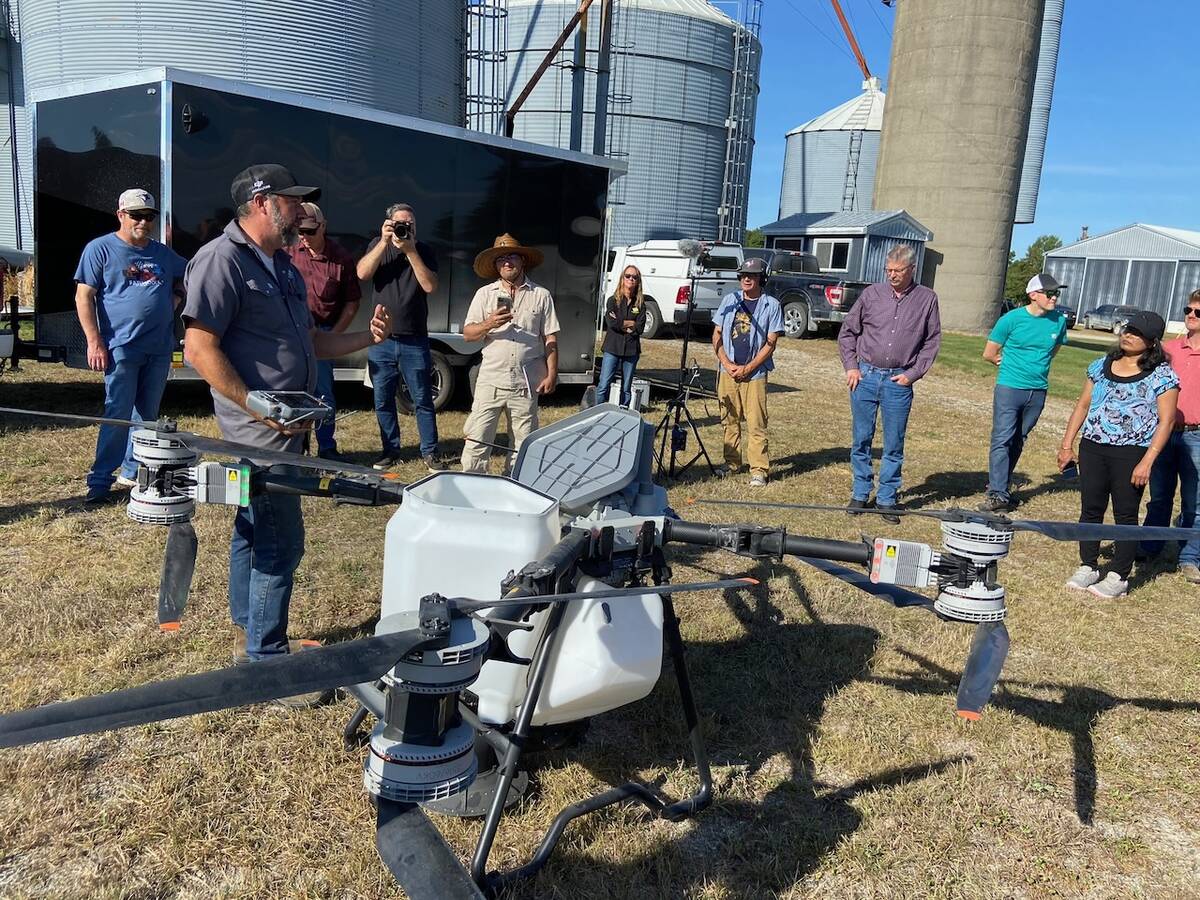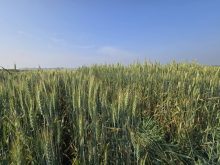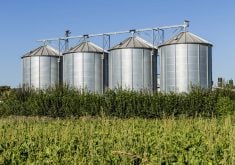Some licensed grain dealers will become licensed primary elevators in the new crop year.
The changes follow a Canadian Grain Commission (CGC) review of its licensed grain dealers, CGC spokesman Remi Gosselin said.
Licensed primary elevators buy grain from farmers, take delivery of it and store it. Licensed grain dealers buy grain from farmers, but aren’t supposed to store it.
When the special crops industry was in its infancy 15 or so years ago, many of the new buyers were licensed as grain dealers. Over time some have been taking delivery of crops and therefore should be licensed as primary elevators, Gosselin said.
Read Also

Drones jumpstart cover crop planting
Drones are a tool that can help farmers with cover crop planting in still-growing corn and soybeans.
Grain dealers who should be licensed as primary elevators will have their status changed when their licences come up for renewal starting Aug. 1, the start of the new crop year.
“The view (of the CGC) is it is going to ensure the consistency of the application of the Canada Grain Act and the regulations for grain-handling facilities,” Gosselin said. “This move is intended to increase protection rights for all producers when delivering to licensed grain facilities.”
Farmers who deliver grain to a licensed primary elevator can ask the CGC to determine the grade and dockage if they feel what the buyer is offering isn’t fair.
So-called “subject to inspector’s grade and dockage” is not available to farmers who deliver to grain dealers.
Grain dealers can also deduct what they want for shrinkage, but the shrink deduction for primary elevators is set at zero by the CGC. [email protected]















